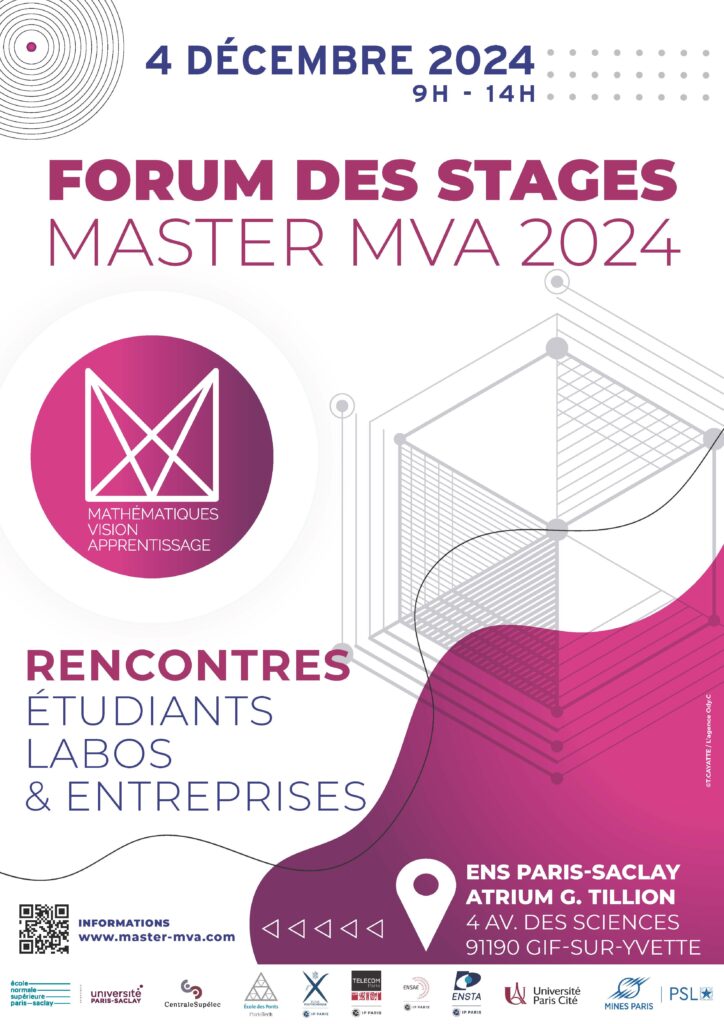Prè-requis
linear algebra, basic statistics, others tools needed will be covered in the lectures.
Objectif du cours
The graphs come handy whenever we deal with relations between the objects. This course, focused on learning, will present methods involving two main sources of graphs in ML: 1) graphs coming from networks, e.g., social, biological, technology, etc. and 2) graphs coming from flat (often vision) data, where a graph serves as a useful nonparametric basis and is an effective data representation for tasks as spectral clustering, manifold or semi-supervised learning. We will also discuss online decision-making on graphs, suitable for recommender systems or online advertising. Finally, we will always discuss the scalability of all approaches and learn how to address huge graphs in practice. The lectures will show not only how but mostly why things work. The students will learn relevant topics from spectral graph theory, learning theory, bandit theory, necessary mathematical concepts and the concrete graph-based approaches for typical machine learning problems. The practical sessions will provide hands-on experience on interesting applications (e.g., online face recognizer) and state-of-the-art graphs processing tools (e.g., GraphLab).
Organisation des séances
7 lectures, 2 hours long
3 recitations (TP/TD), 2 hours long
Classes will be held online
Mode de validation
Short reports from the recitations
To be eligible for rattrapage, the students need to submit at least 2 homeworks on their deadlines and receive at least one third of the maximum score from homeworks
Thèmes abordés
- spectral graph theory, graph Laplacians and spectral clustering
- constructing graphs from flat data – graphs as a non-parametric basis
- semi-supervised learning and manifold learning
- learnability on graphs – transductive learning
- adaptive online learning with graphs
- real-world graphs scalability and approximations
- large-graphs, approximation, sparsification and error analysis
- decision-making on graphs, graph bandits
- social networks and recommender systems applications
- vision applications (e.g., face recognition)
